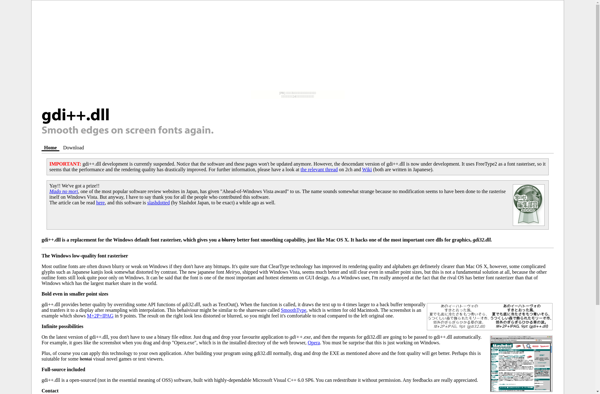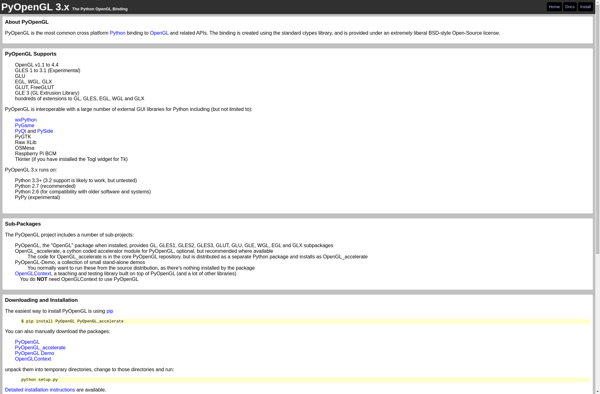GDI

GDI (Graphics Device Interface)
GDI is a core Windows component that enables applications to use graphics and formatted text on video displays, providing device-independent graphics rendering services for Windows-based applications.
What is GDI?
GDI (Graphics Device Interface) is a core component of Microsoft Windows operating systems that enables applications to use graphics and formatted text. It acts as an interface between an application and the graphics drivers, providing device-independent graphics rendering services.
Some key features and capabilities of GDI include:
- Drawing primitive shapes like lines, curves, rectangles, polygons, etc.
- Rendering text with different fonts and formatting
- Supporting bitmapped images and vector images
- Applying brush and pen styles for fills, outlines, and coloring
- Managing device contexts for various output devices like monitors, printers, plotters, etc.
- Performing rasterization of vector graphics
- Providing coordinate transformation and scaling
While newer technologies like DirectX and OpenGL have supplemented GDI for graphics rendering in Windows, GDI still underpins text and 2D vector graphics for legacy Windows applications. It interfaces with graphics drivers to abstract away device details and provide a consistent API for developers. Limitations of GDI include lack of hardware acceleration and limited 3D support.
GDI Features
Features
- Provides device-independent graphics rendering services
- Enables applications to use graphics and formatted text on video displays
- Includes functions for drawing shapes, text, bitmaps, and more
- Manages display devices, monitors, printers, and other output devices
- Provides a programming interface for creating graphical user interfaces
Pricing
- Free
- Built into Windows
Pros
Cons
Reviews & Ratings
Login to ReviewThe Best GDI Alternatives
Top System & Hardware and Graphics and other similar apps like GDI
DirectX

OpenGL

Crystal Space
PyOpenGL
